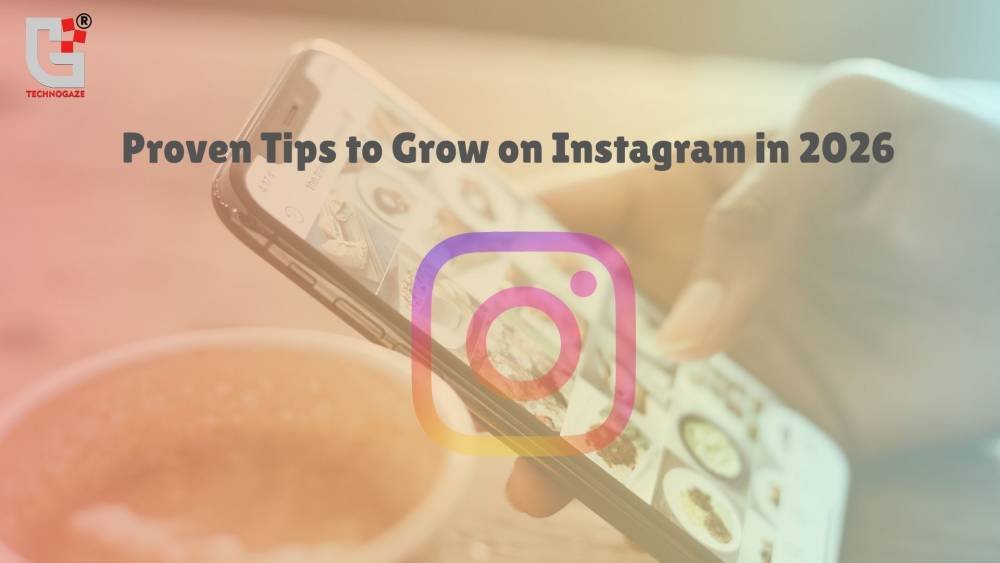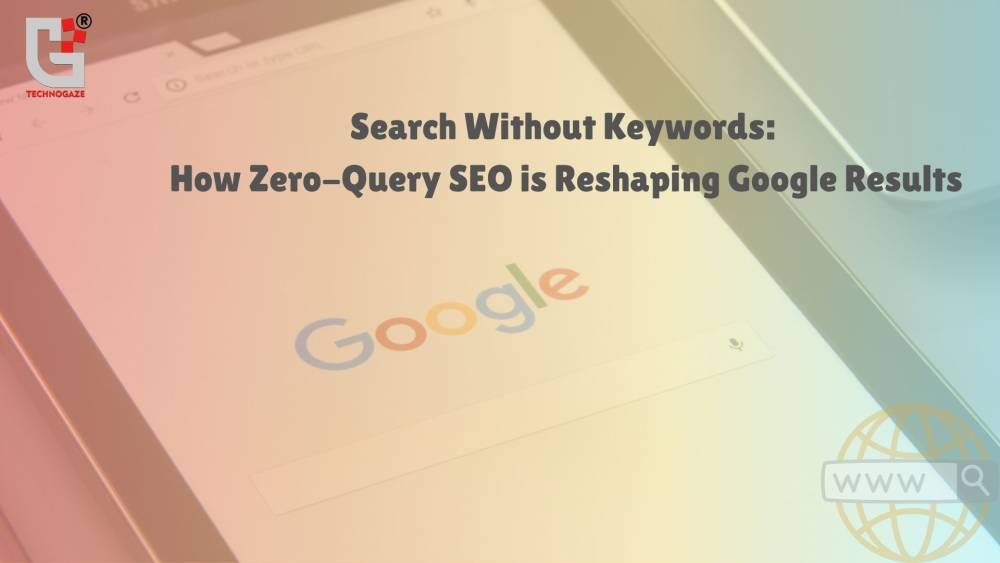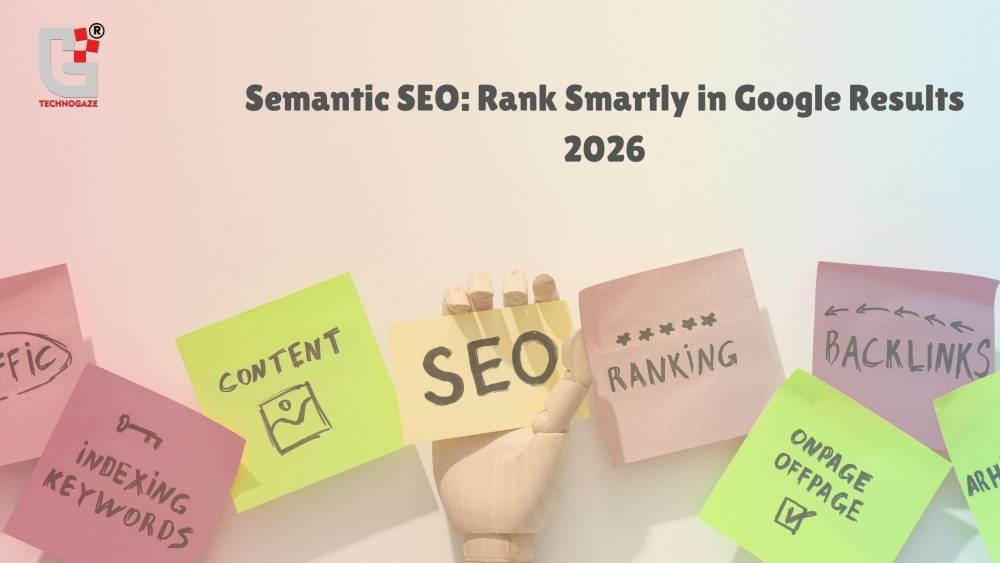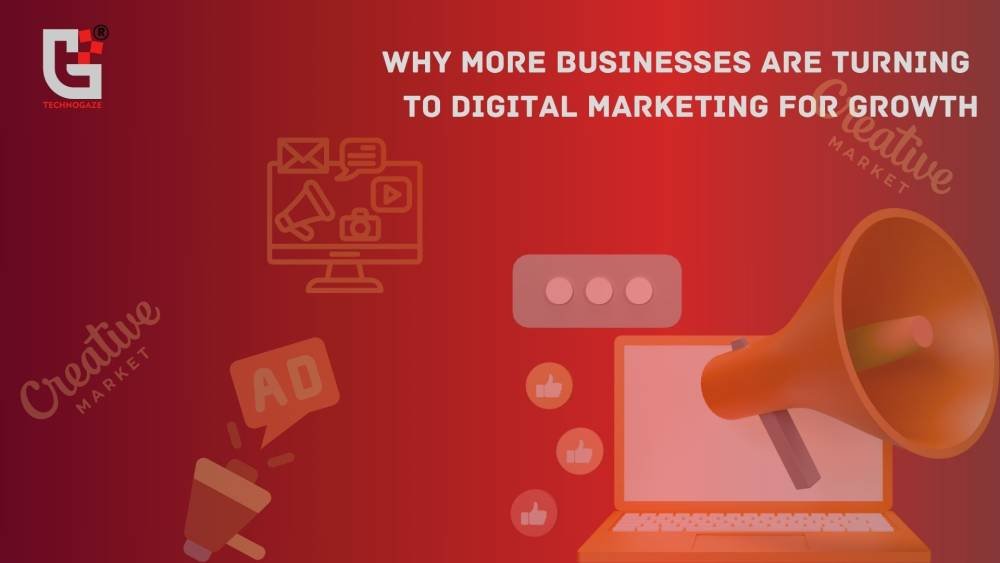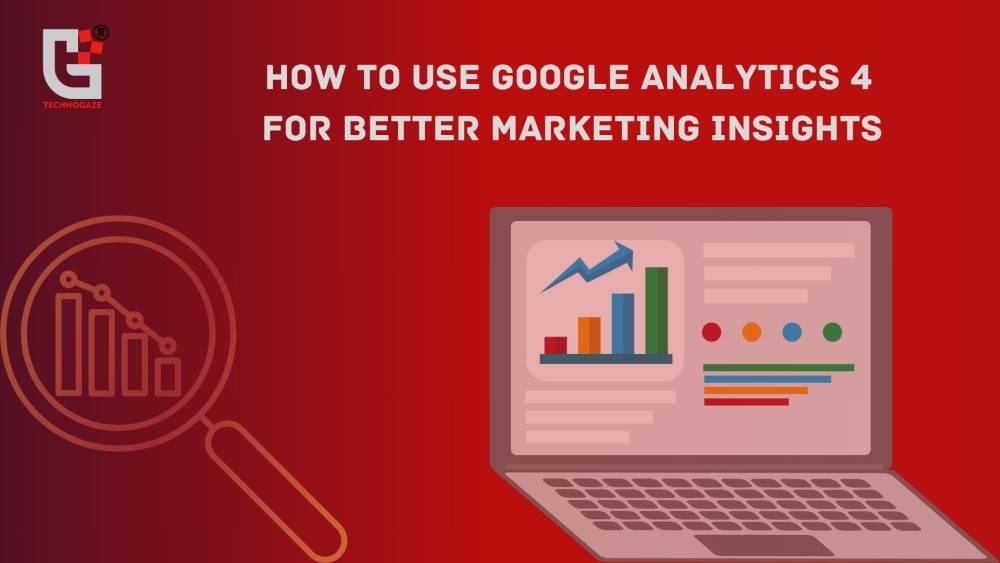Explore how to use website analytics tools to track website traffic and user behavior.
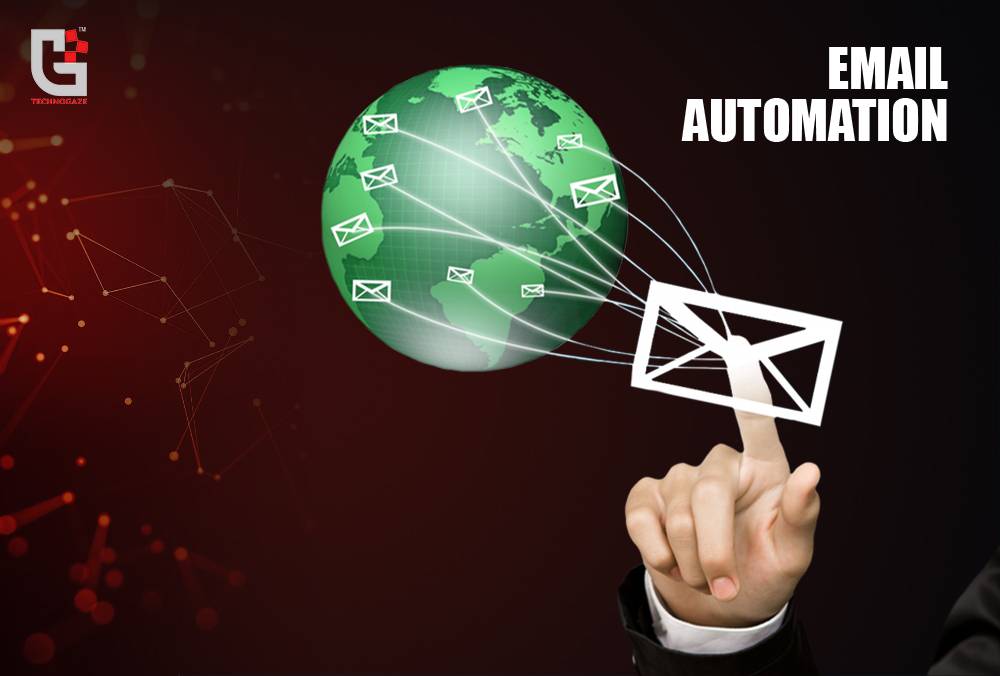
Email Automation: Mastering Email Automation to save time and improve efficiency.
Email marketing is the most effective method available. The global email marketing market is expected to grow to $17.9 billion by 2027, according to Statista. Since email marketing is still a mainstay of business development tactics, campaign management can be time-consuming. You may increase productivity and save valuable hours by automating your email marketing.
You're missing out if you believe email automation only saves the repetitive tasks of sending emails manually. There's tons more to it than that!
What is Email Automation?
Email automation is used to streamline and automate the process of delivering emails to specific audiences using marketing automation tools. Creating trigger-based automated workflows is necessary to send automated emails. These triggers, which are essentially preset situations or criteria, allow automated emails to be sent.
For example, you can configure welcome email triggers to go out automatically "when the customer signs up," meaning the customer will receive the email relatively shortly after they sign up.
With automation, you can adopt a more strategic approach that saves you time and effort while guaranteeing that your messages reach the appropriate customers at the right time, engaging the audience, and nurturing leads to drive sales.
When creating a workflow strategy, there are three primary steps to consider:
-
Establish your objectives and target audience.
-
Create the flowchart visually.
-
Prepare the content of the emails.
Benefits of E-mail Automation
Email automation has a lot of potential and can help your organization grow. Considering email automation for your marketing campaigns is a good idea for the following reasons for businesses:
1. Efficiency in terms of time and money
With a large subscriber base, manually handling every customer interaction is not just time-consuming but practically unfeasible. Email automation allows you to send thousands of personalized emails quickly, which saves time and lowers operating expenses.
2. Enhanced Interaction with Customers
It is possible to provide customised emails to subscribers according to their interests, requirements, and behavior with the help of email automation. A more individualized strategy raises client engagement and strengthens the bonds that exist between your business and your target market.
3. The ability to scale
Email marketing automation technologies are capable of managing growing email volumes and adjusting to the evolving requirements of your company. These scalable technologies are designed to keep up with growing processing loads without experiencing any lag, regardless of the volume of emails that need to be sent.
4. Increased Rates of Conversion
Higher conversion rates are attained by sending out automated emails with relevant data. Emails that confirm an order, for example, might be used to suggest related products and encourage more purchases.
5. Comprehensive Reporting and Analytics
Email open rates, click-through rates, and conversion rates are all tracked in great detail by email automation software. The effectiveness of your campaign can be increased by using these insights to direct change.
6. Zero chance of human error
Automated emails deliver the appropriate information to the right people at the right time. By doing this, the possibility of human error in forgetting to deliver emails on time is eliminated. Additionally, pre-made templates for a variety of emails are included with the email automation tool. By utilizing these templates, the likelihood of message errors is decreased and content consistency is ensured.
How can I use an automation program to automate emails?
Typically, there are five standard steps in automated emailing. You can follow those steps in this section.
Step 1: Install and Integrate:
After finding the ideal automation tool, install and include it in your online store. Choosing a tool that is easy to use during installation and supports your company's objectives is the key. To safely update your data in the automation tool, the integration must be flawless.
Step 2:
Establish an email list. If you have one already, move on to the next action. If you're new to email marketing automation, build an email list using sign-up forms and double opt-ins.
Step 3: Segment your email list:
Using the customers' buying behavior as a guide, divide your email list into groups. Your email engagement rate will rise as a result of keeping your messages more relevant and focused.
Step 4: Setup of the template:
To improve relevance and brand authority, you can update the template with the various design components of your company. Make sure there is a call to action at all times.
Step 5: Workflow automation:
Workflows typically include wait and trigger conditions. The trigger is a predetermined condition that, when clients fulfill it, they enter the workflow and receive an automated email.
Examples of Email Automation
1. Welcome emails
Welcome emails are the first automated emails your customers expect to receive when they subscribe to your brand and newsletters.
2. Order confirmation emails
Customers will stop trusting your brand if they don't get an email almost immediately after placing their order.
3. Emails of thanks
Send thank-you emails to your consumers if you want them to feel valued and come back for further transactions. Typically, these automated emails contain a thank-you note and a voucher for the next purchase.
In summary
Email automation is a potent marketing tool that helps companies increase conversion rates, save time, and enhance customer engagement. You can adjust your marketing approach to better suit the needs of your audience by being aware of its advantages and applications, which will eventually encourage growth and boost your bottom line.
Author Details
Latest Posts
-
1November 15, 2025
-
2
-
3October 11, 2025
-
4
-
5




